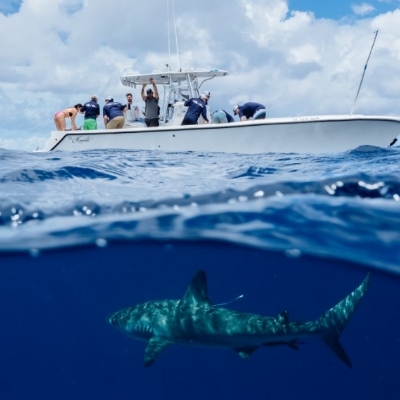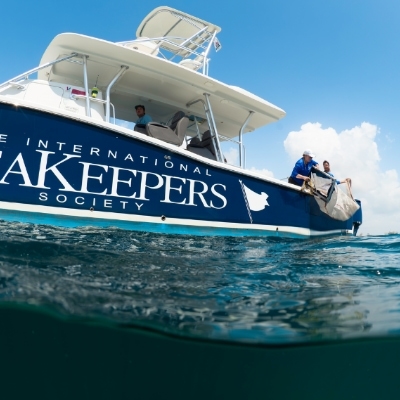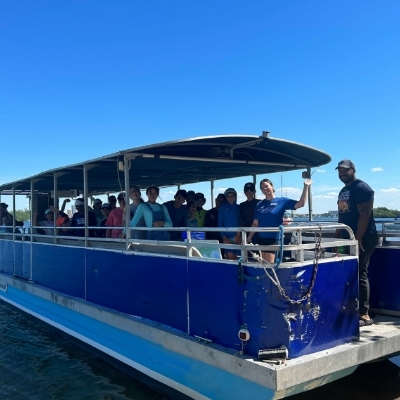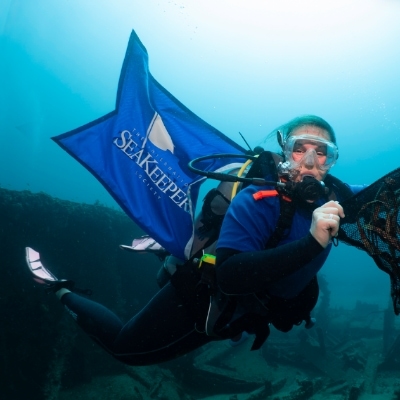Background:
Marine Protected Areas (MPAs) are widely recognized for their ecological benefits, including increased fish abundance, biomass, and size. However, most studies focus on shallow depths accessible by traditional SCUBA diving (0–30 m), leaving a gap in understanding the deeper mesophotic zone. This study addresses that gap, focusing on how fish communities below 30 meters respond to protection measures and human influence.
Mission:
This project aims to identify and compare reef sites that experience different levels of human pressure and conservation protection, specifically within and outside of designated marine protected areas (MPAs). The research will investigate whether shallow fish communities differ based on protection status and assess whether similar patterns are found in mesophotic fish communities at greater depths. To gather this data, two trained divers will conduct daily dives reaching depths of up to 80 meters, spending up to four hours underwater each day, including time for decompression.
Research Impacts & Applications:
Findings will support marine spatial planning and improve the design of MPAs by incorporating deeper ecosystems into conservation strategies. Results may be shared with the IUCN World Commission on Protected Areas and used to inform policy recommendations. Data may also be used by graduate students for thesis work.




